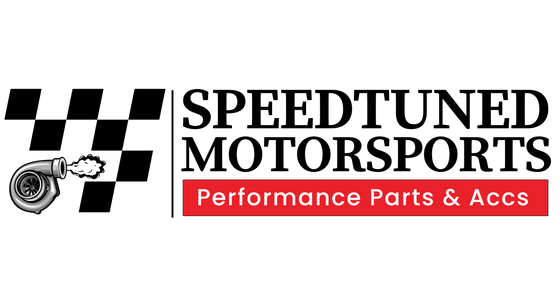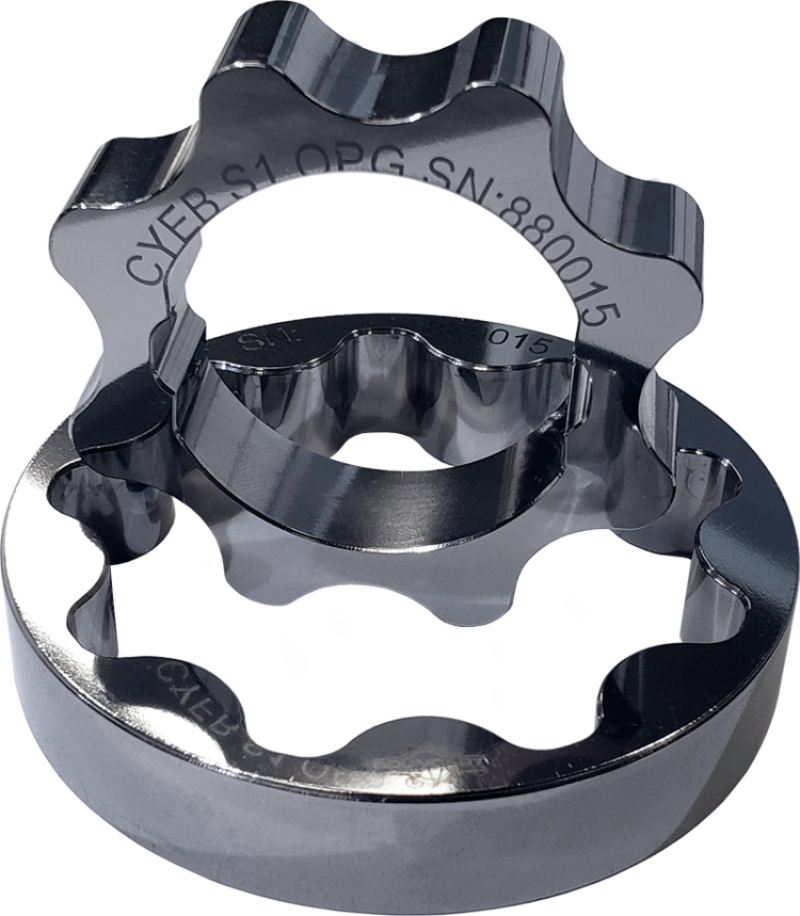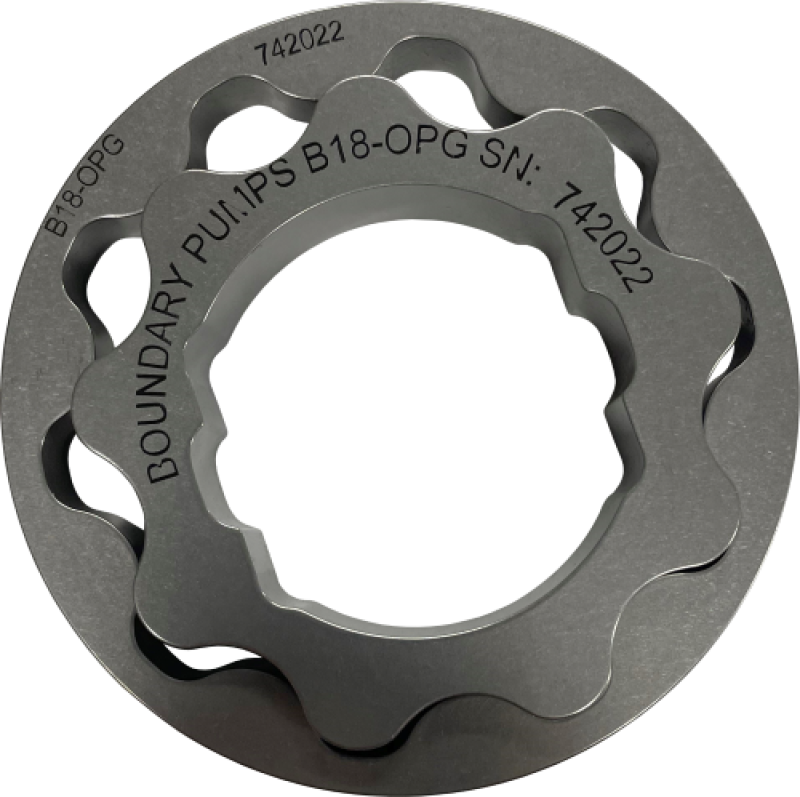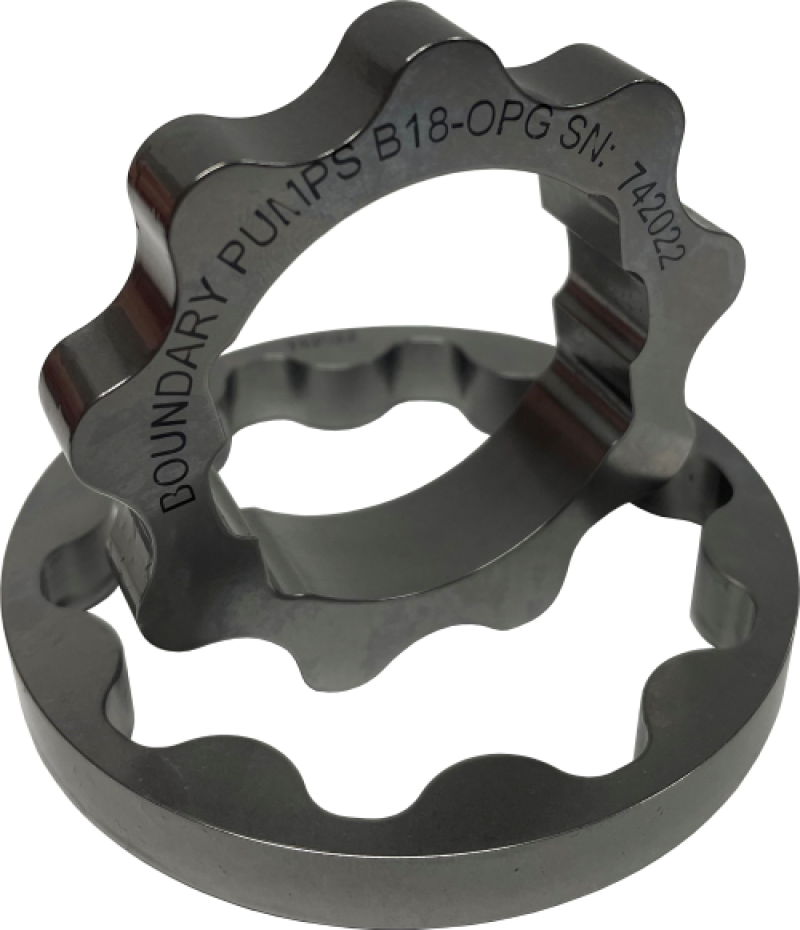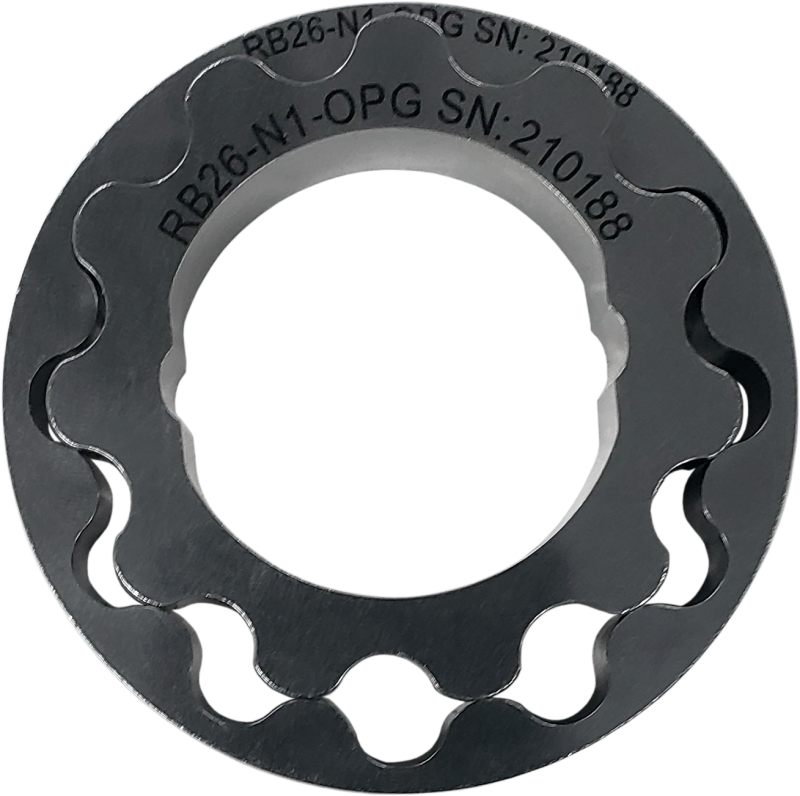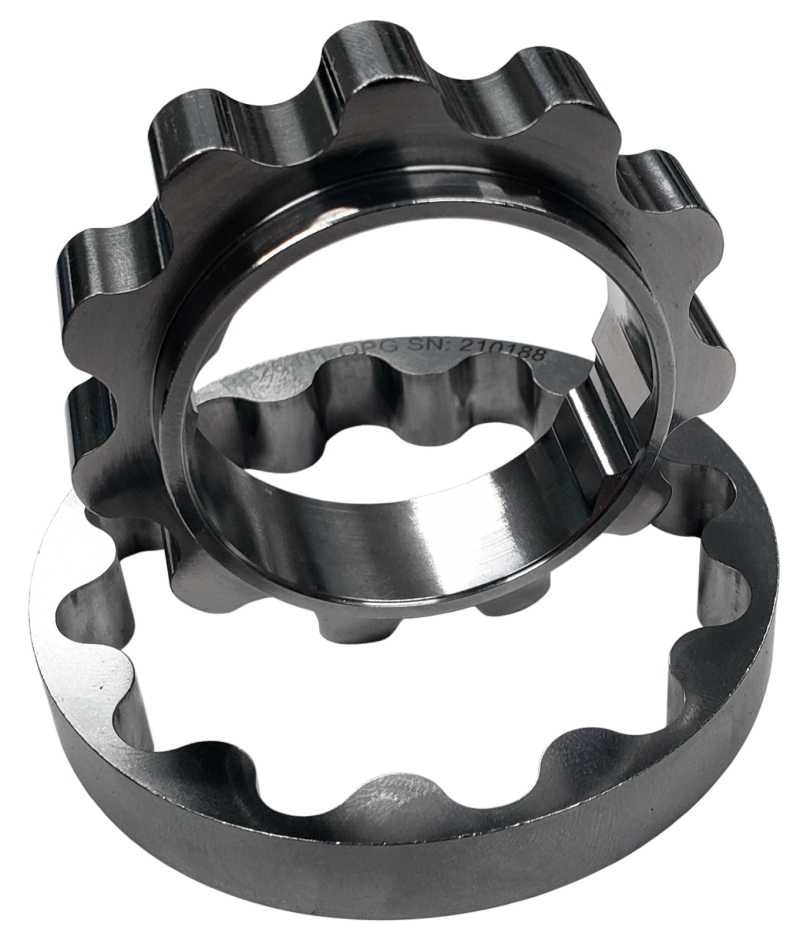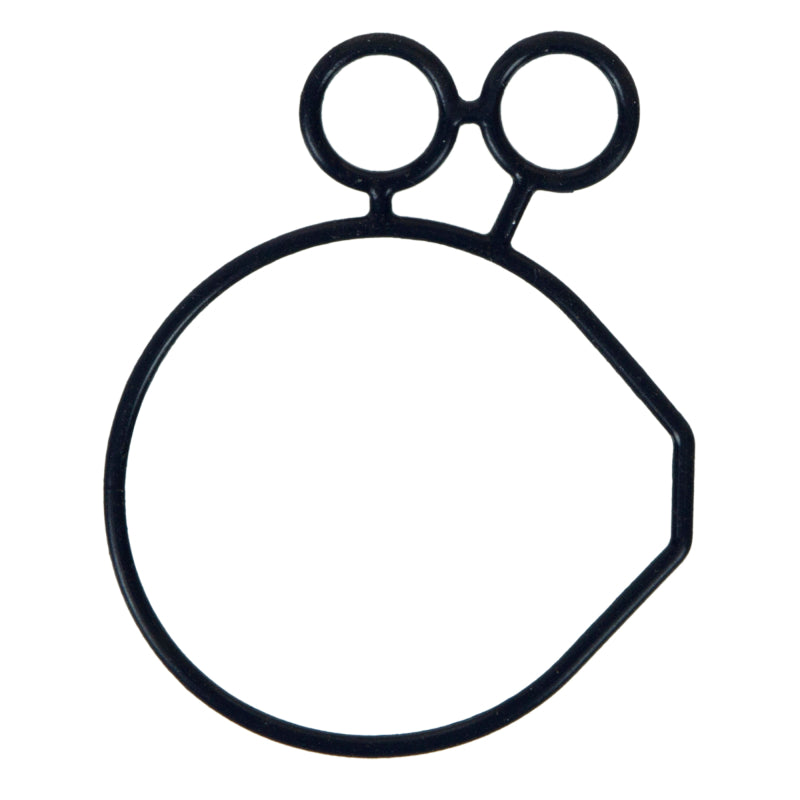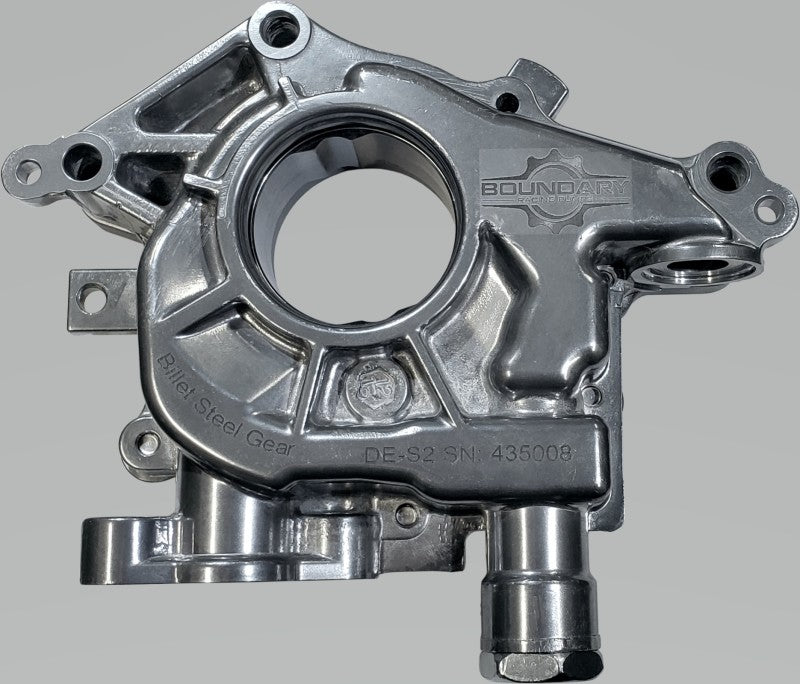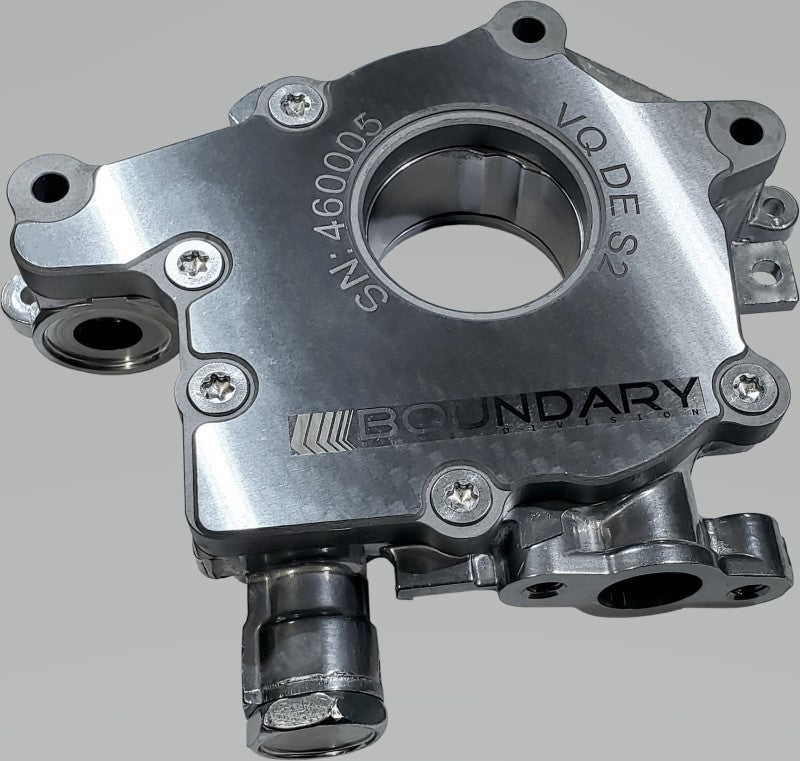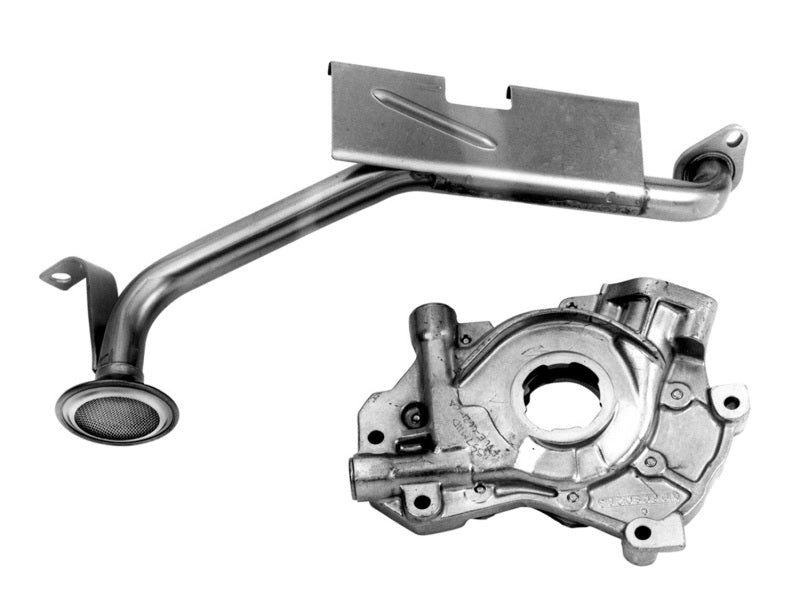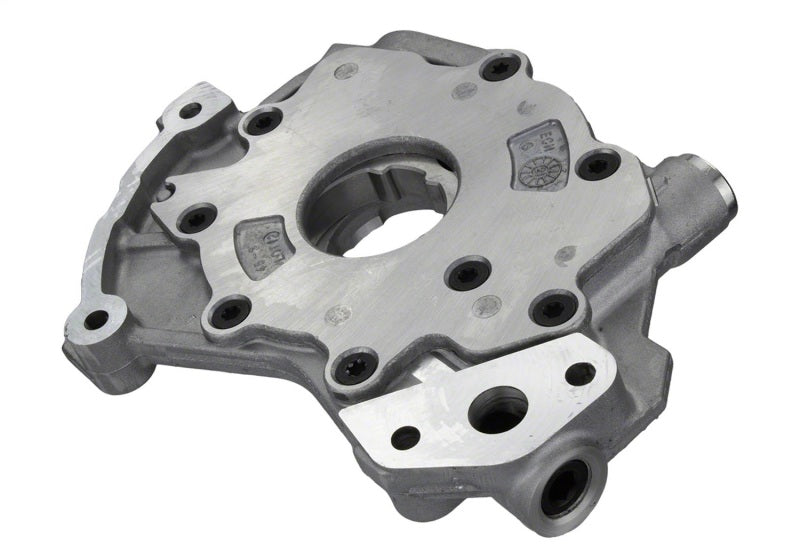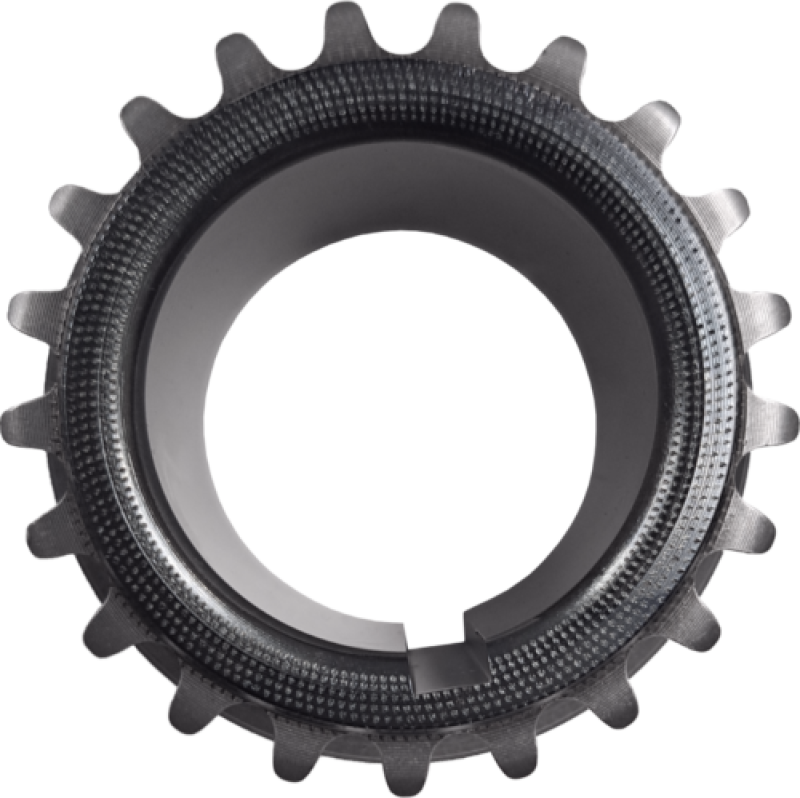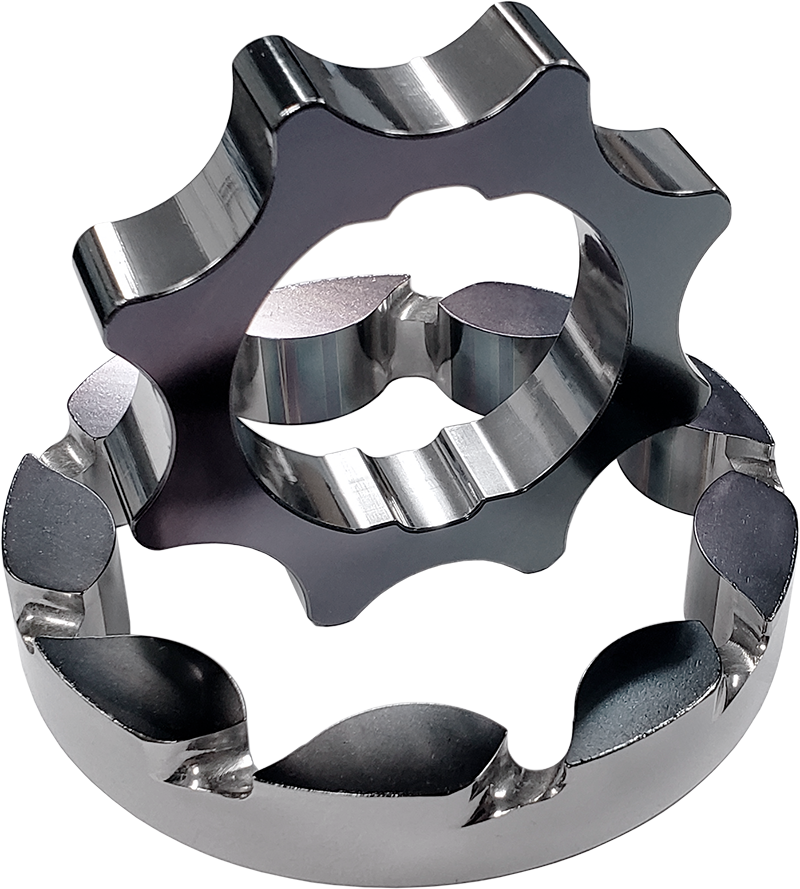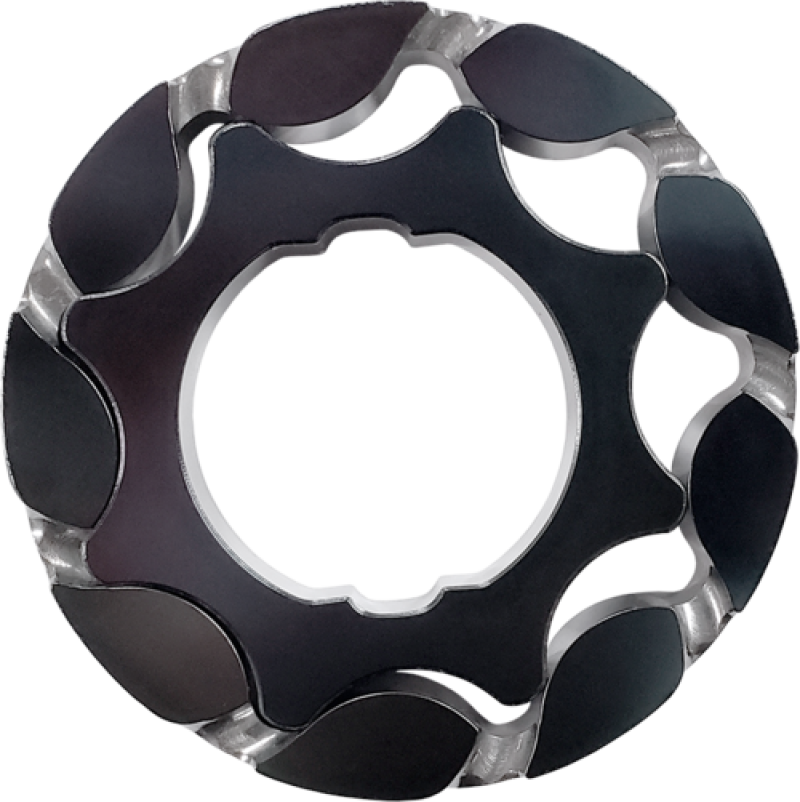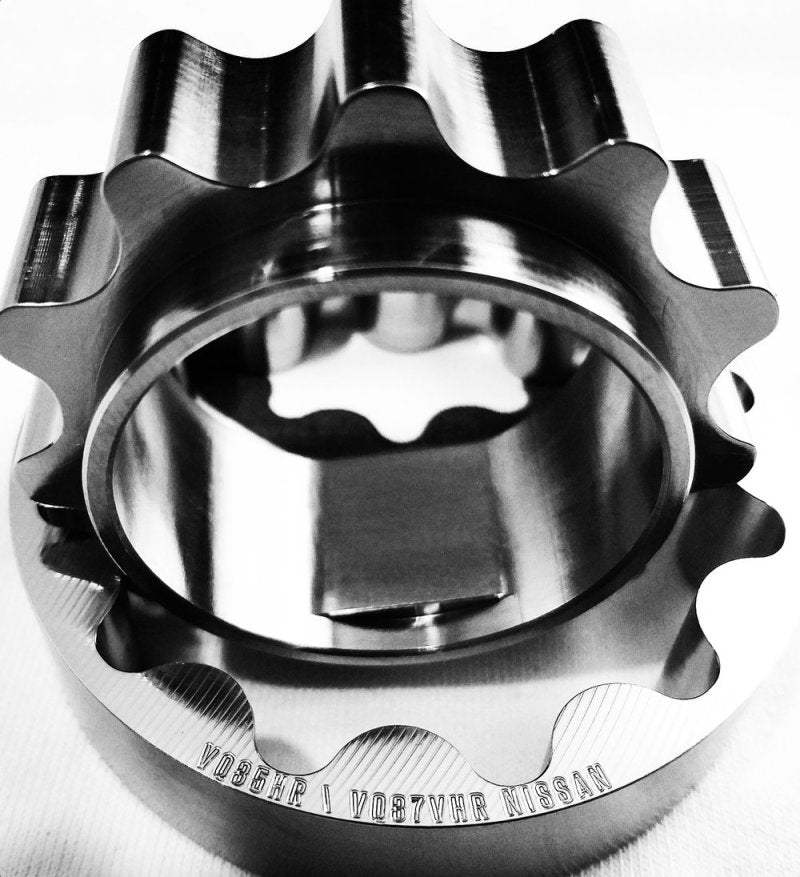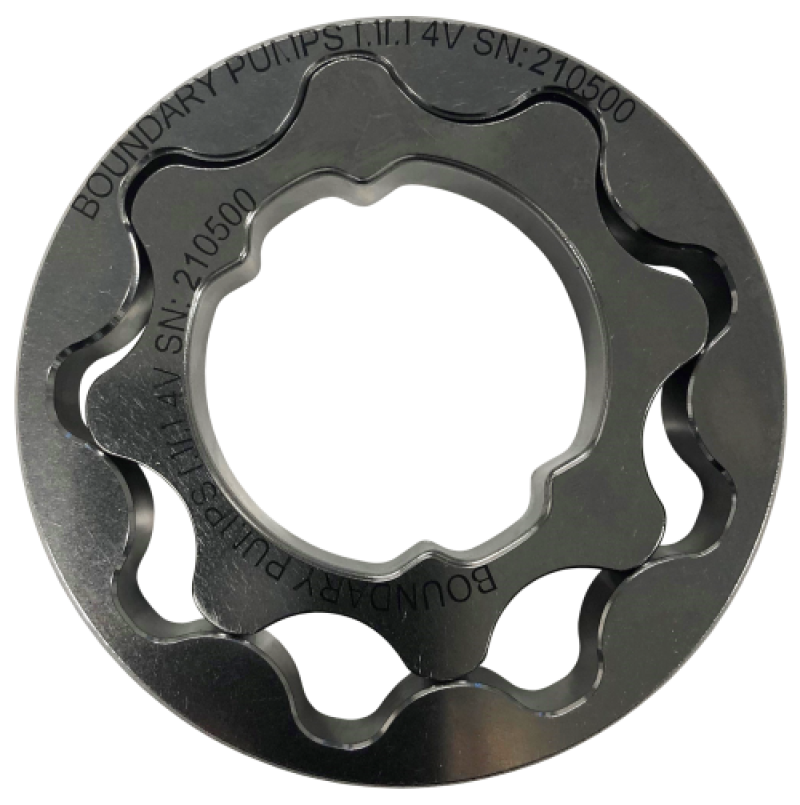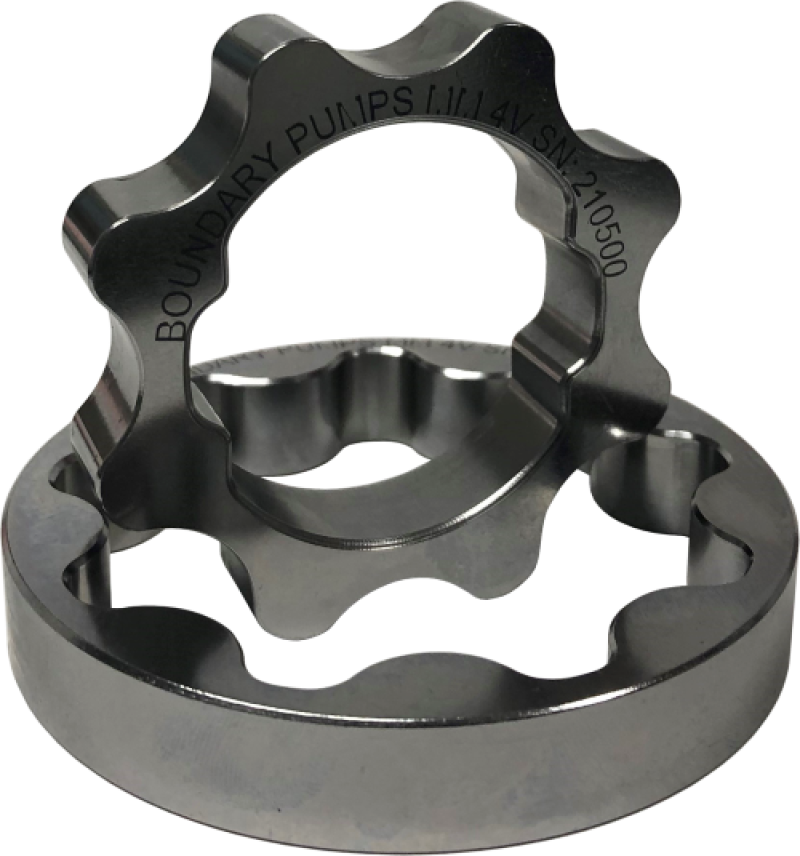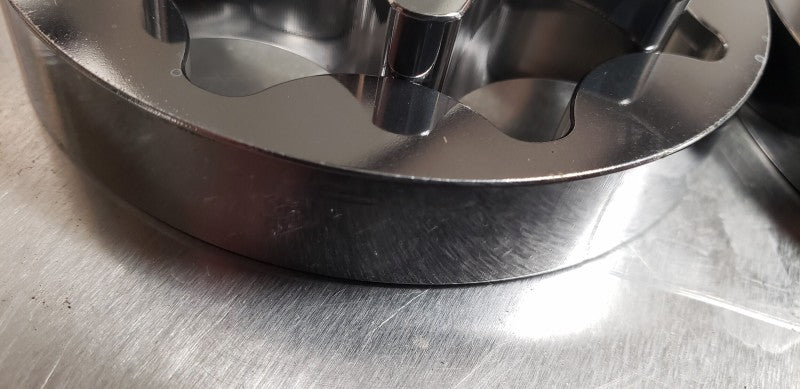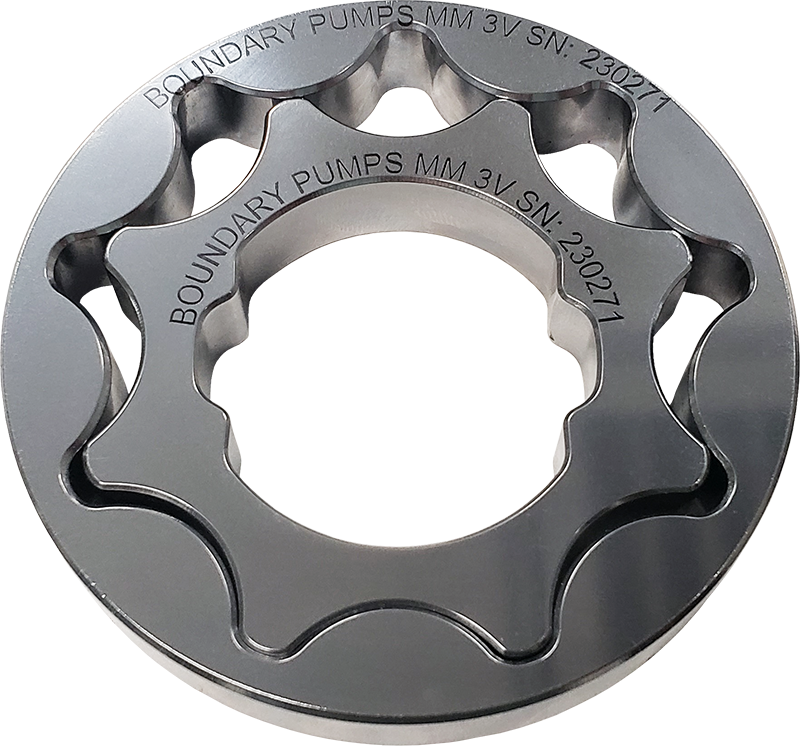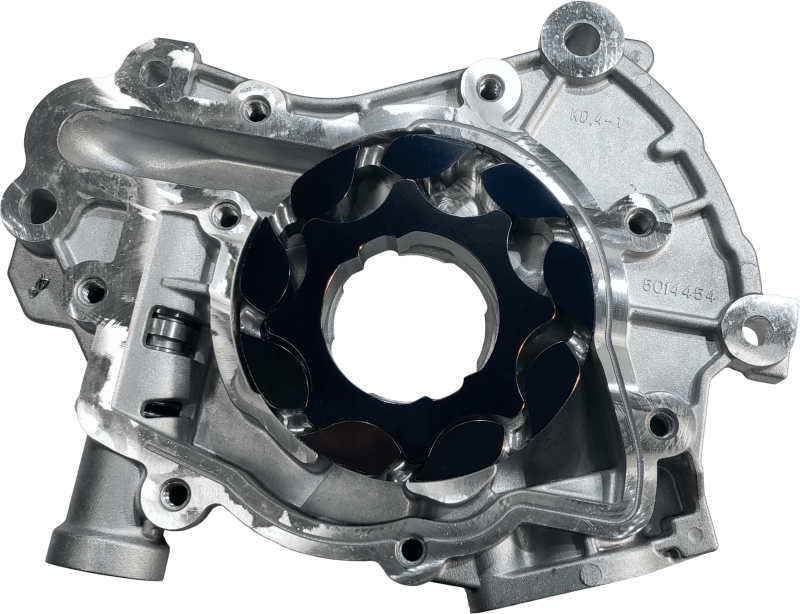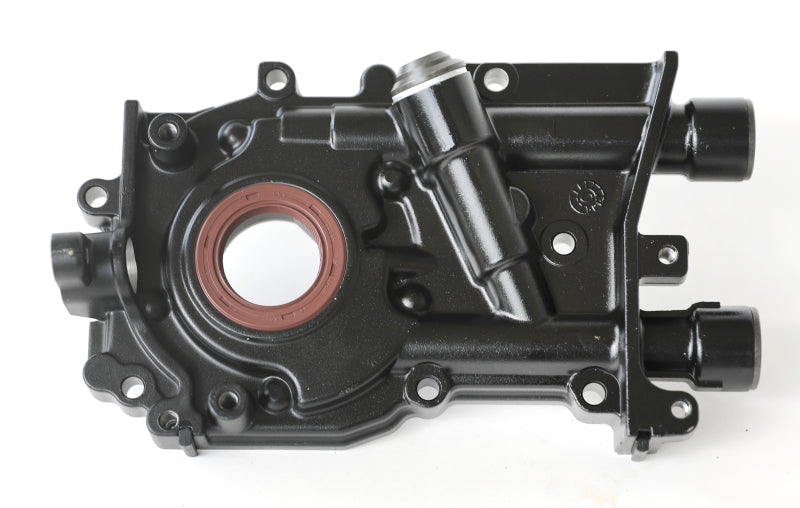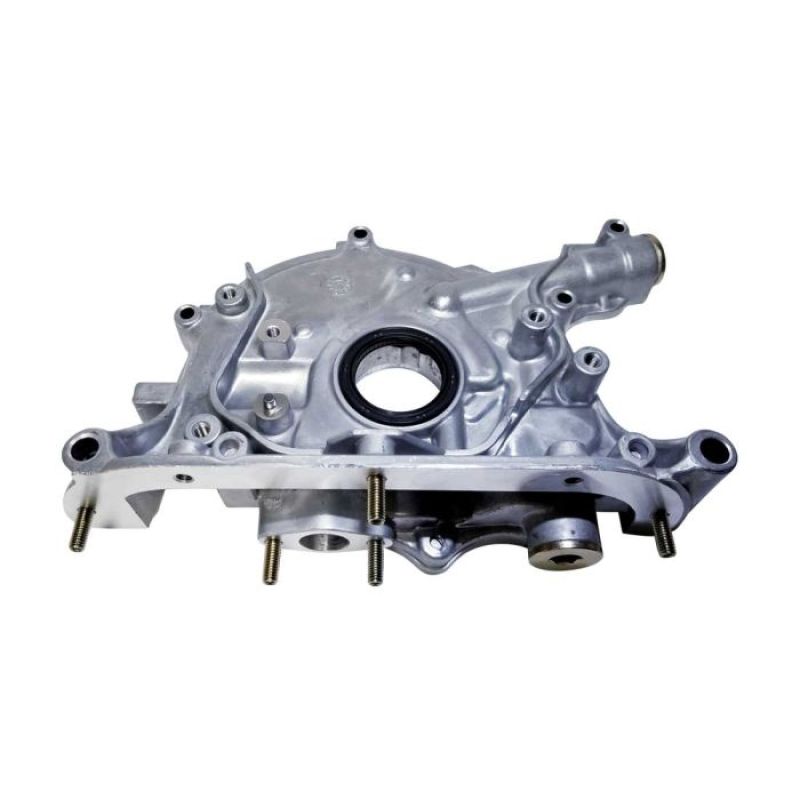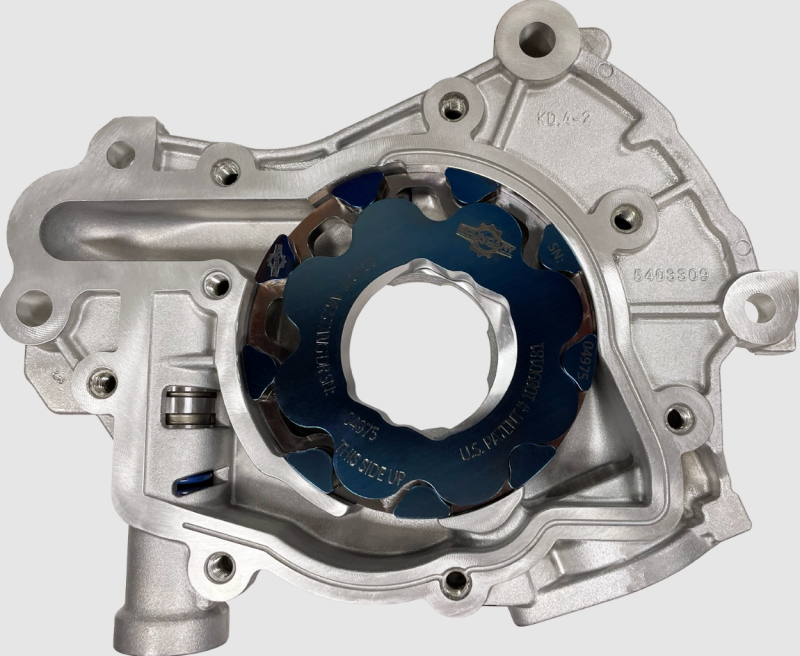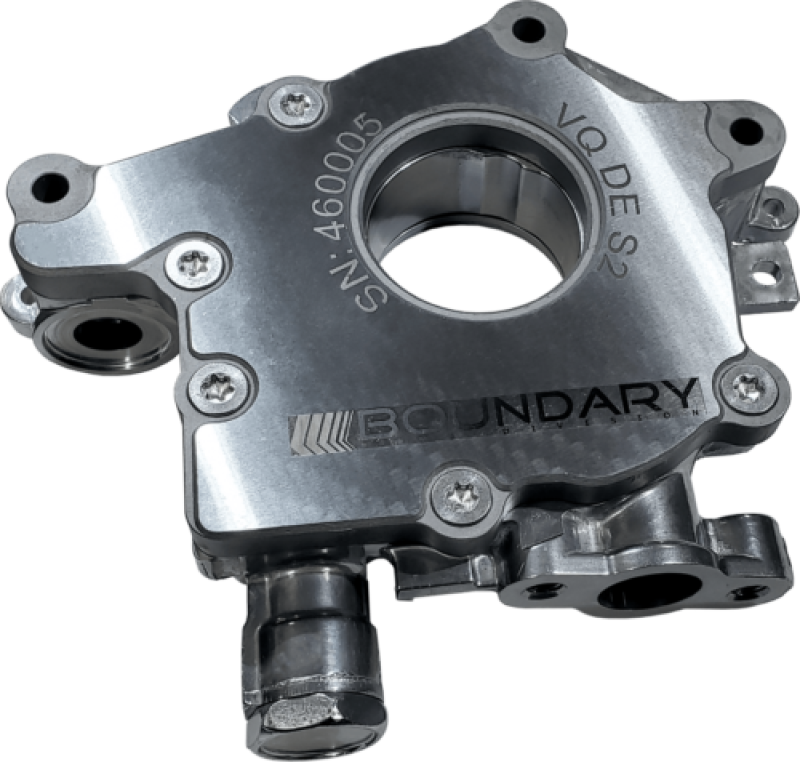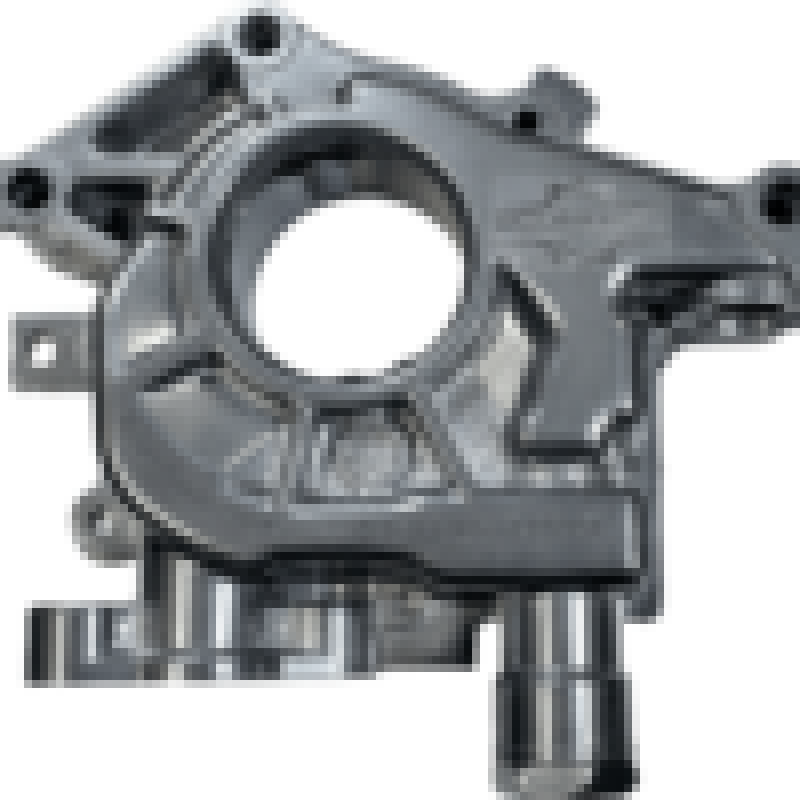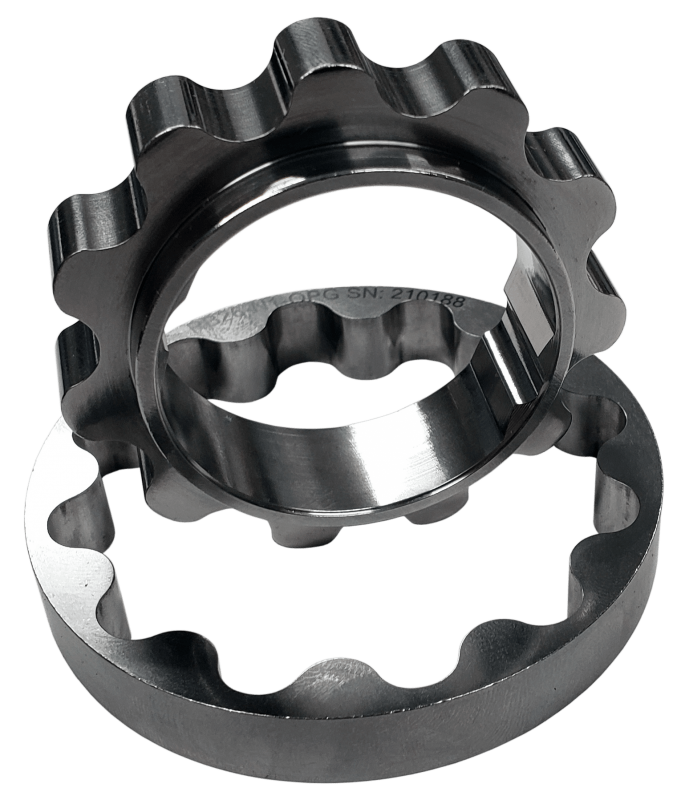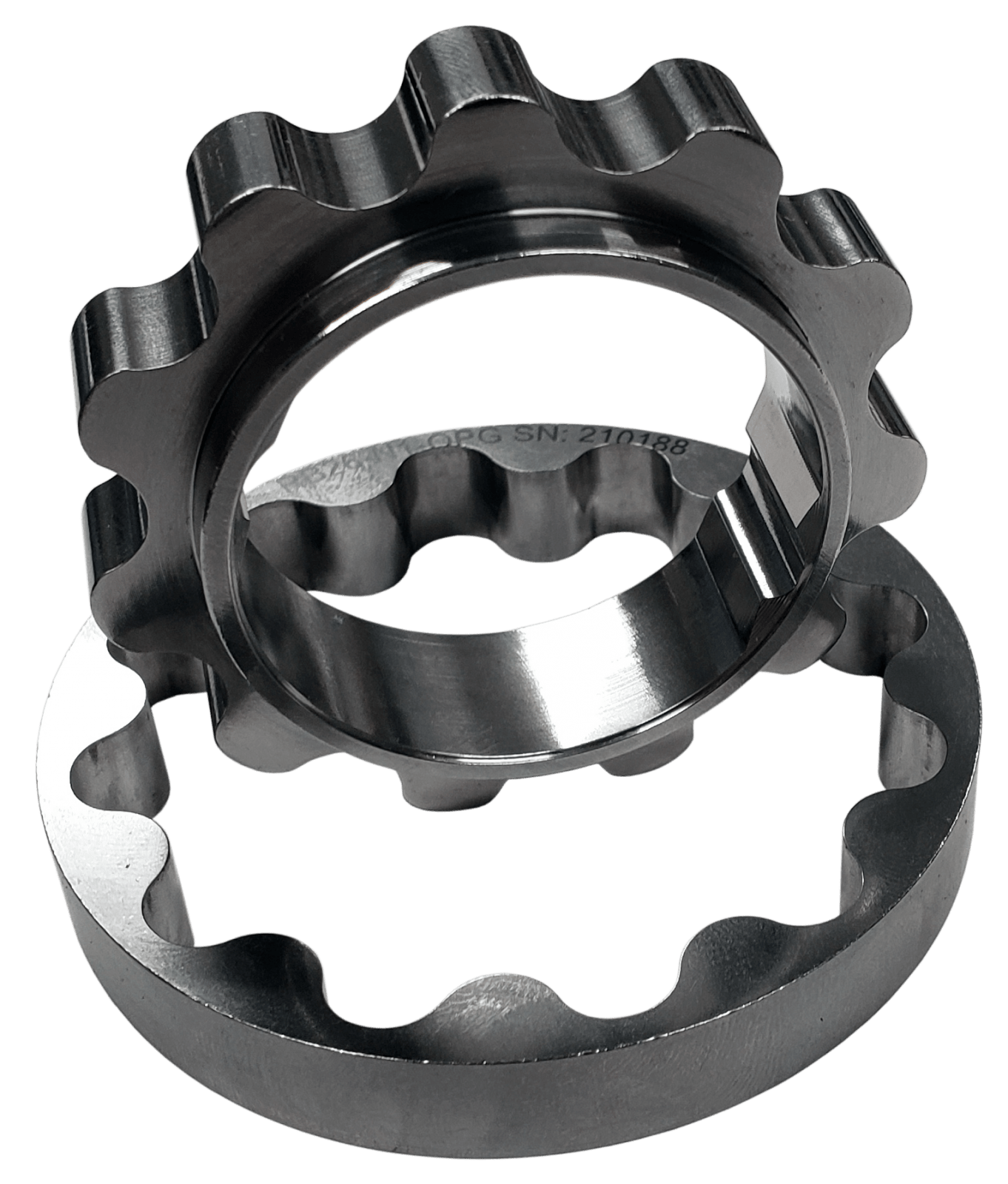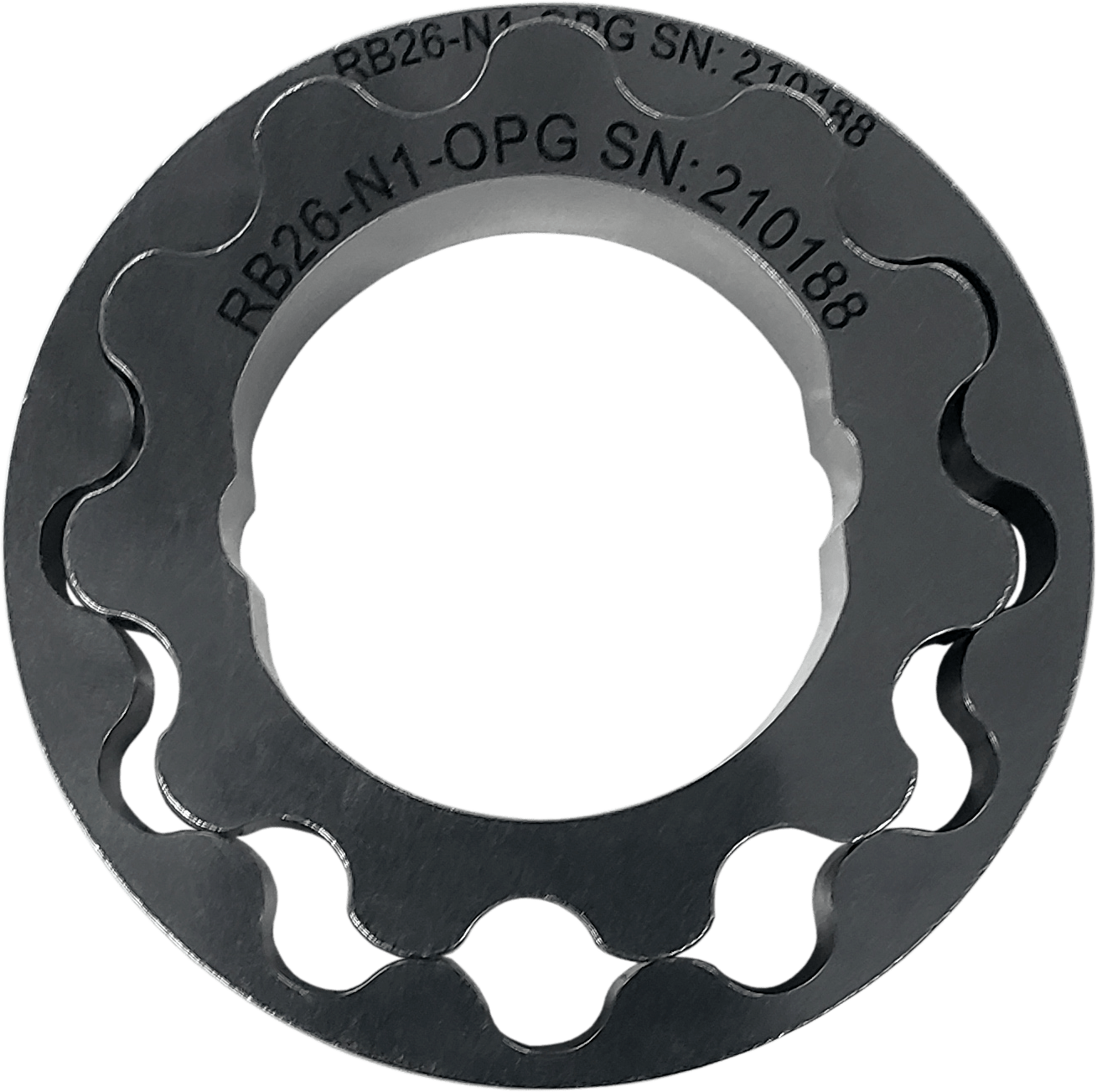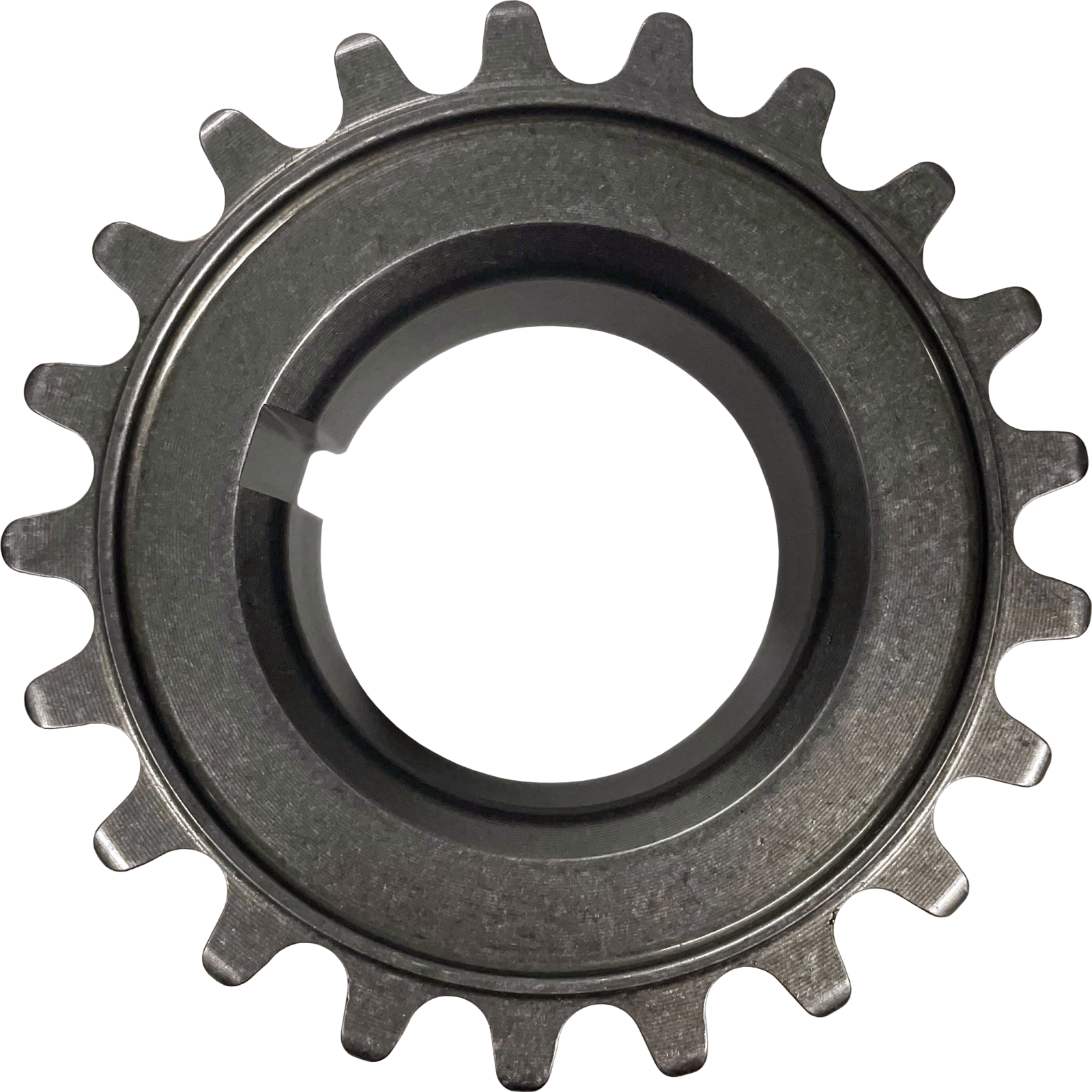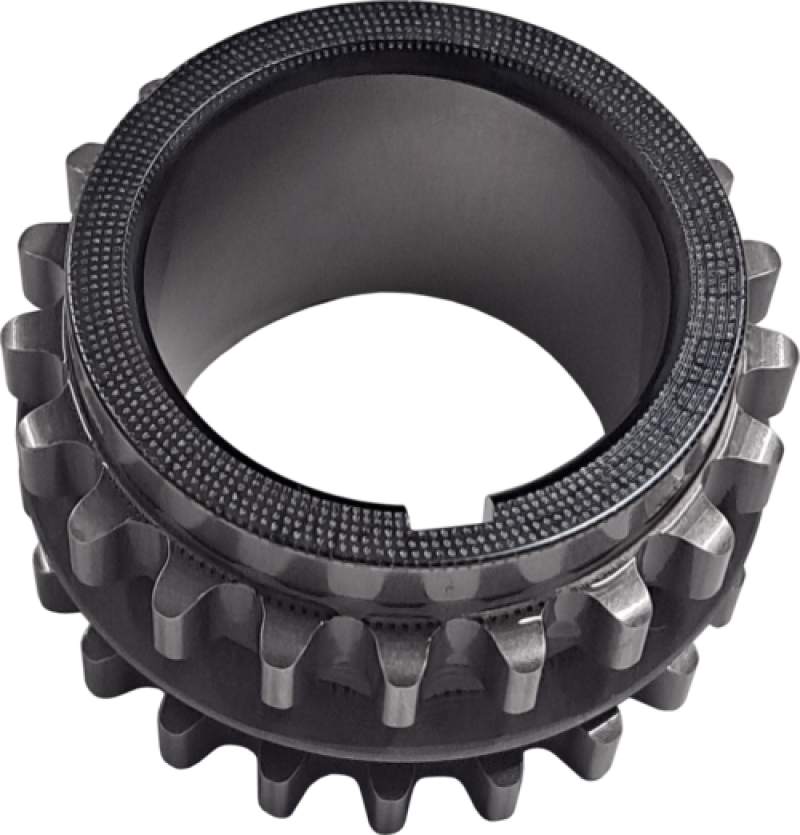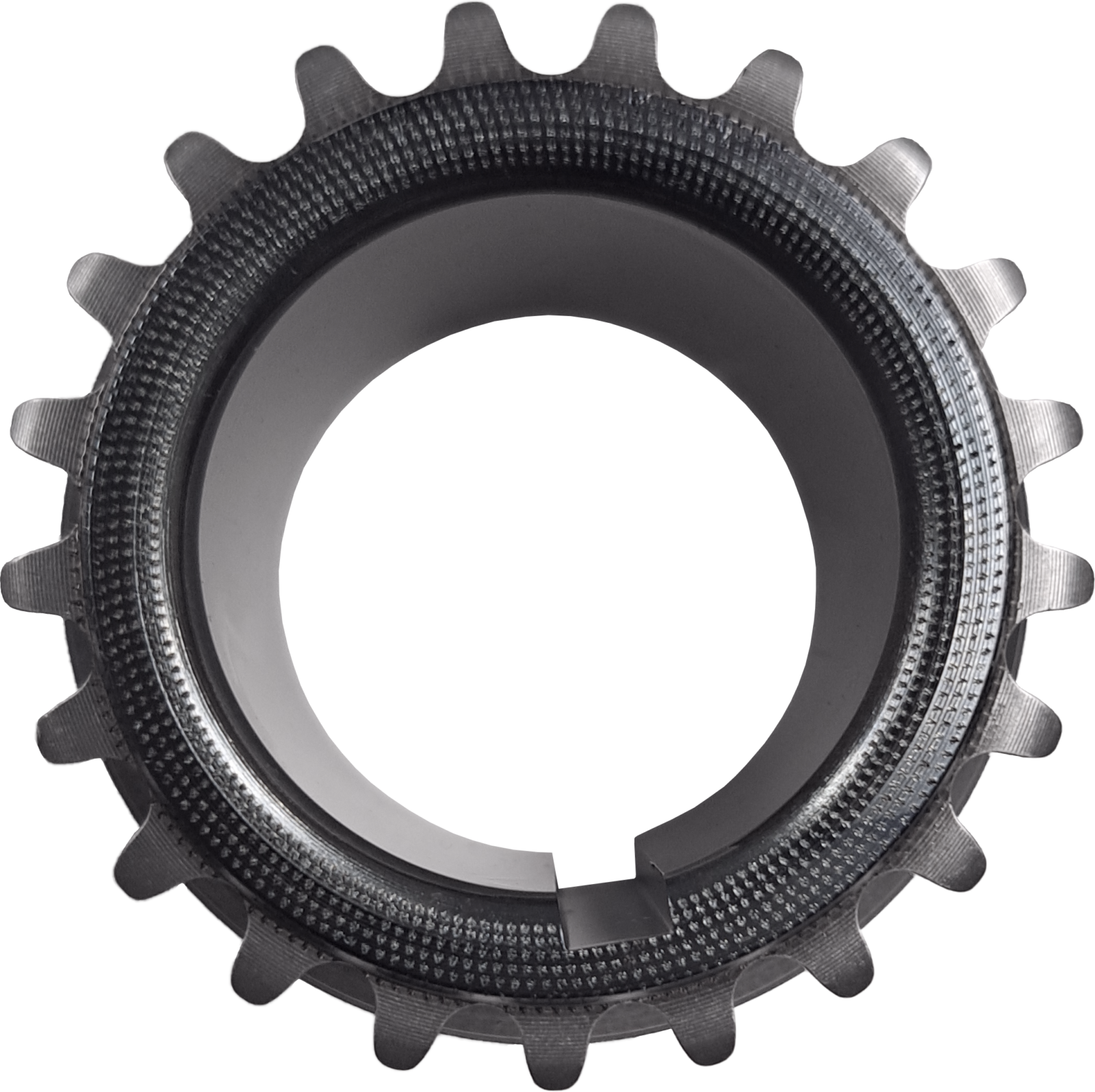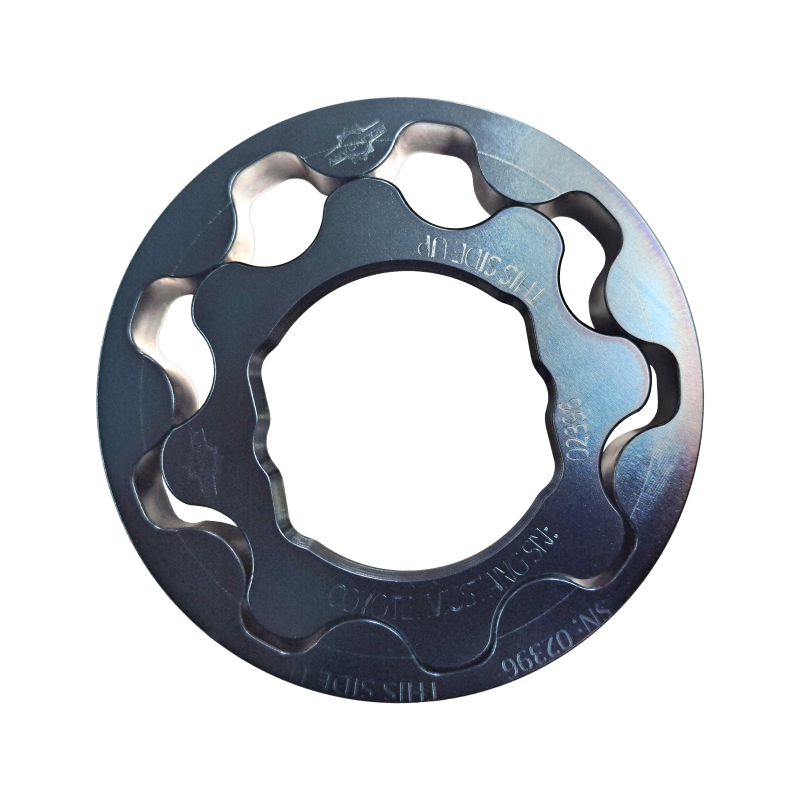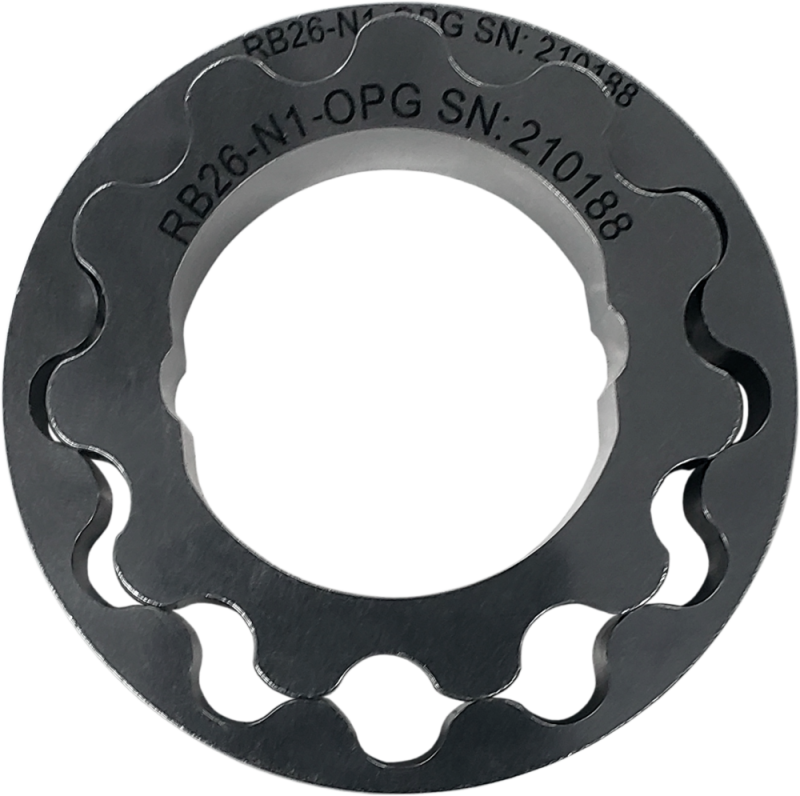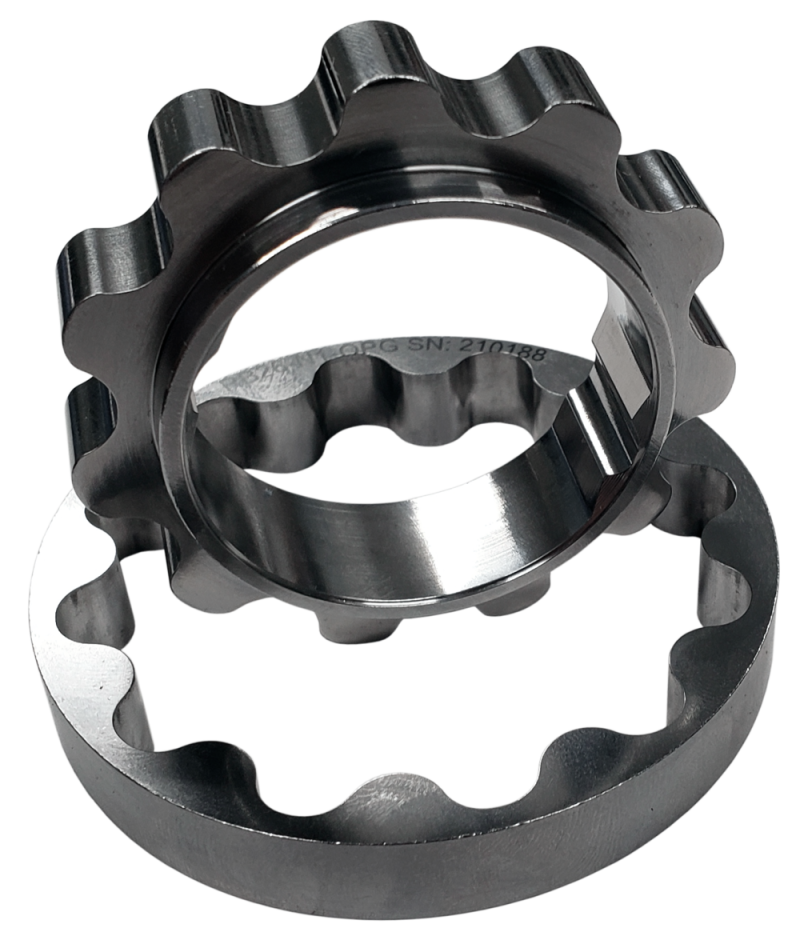Oil Pumps
The oil pump plays a crucial role in an engine by circulating oil to lubricate its moving parts, ensuring smooth operation and preventing damage due to friction and heat. Here’s a breakdown of its main functions:
Key Jobs of an Oil Pump:
-
Circulating Oil: The primary job of the oil pump is to circulate oil throughout the engine. It draws oil from the oil pan and pumps it through oil passages to lubricate critical components such as the crankshaft, camshaft, pistons, and bearings.
-
Maintaining Oil Pressure: The oil pump ensures that the oil flows at the correct pressure to maintain proper lubrication. This helps in preventing engine parts from grinding against each other due to lack of oil, reducing friction and wear.
-
Cooling Engine Components: By circulating oil, the oil pump helps absorb heat from engine components and carry it back to the oil pan, where the oil cools down. This helps prevent the engine from overheating.
-
Cleaning and Filtering: Oil pumps work with oil filters to help remove contaminants from the oil, preventing harmful debris from circulating throughout the engine.
-
Maintaining Oil Flow Under Various Conditions: The oil pump is designed to provide consistent oil flow even during high speeds or under heavy load, ensuring that the engine continues to be lubricated properly in all conditions.
In summary, the oil pump ensures that the engine is well-lubricated, protected from excessive wear, and operates at optimal temperatures, contributing to its longevity and performance
Filter
Sort by:
